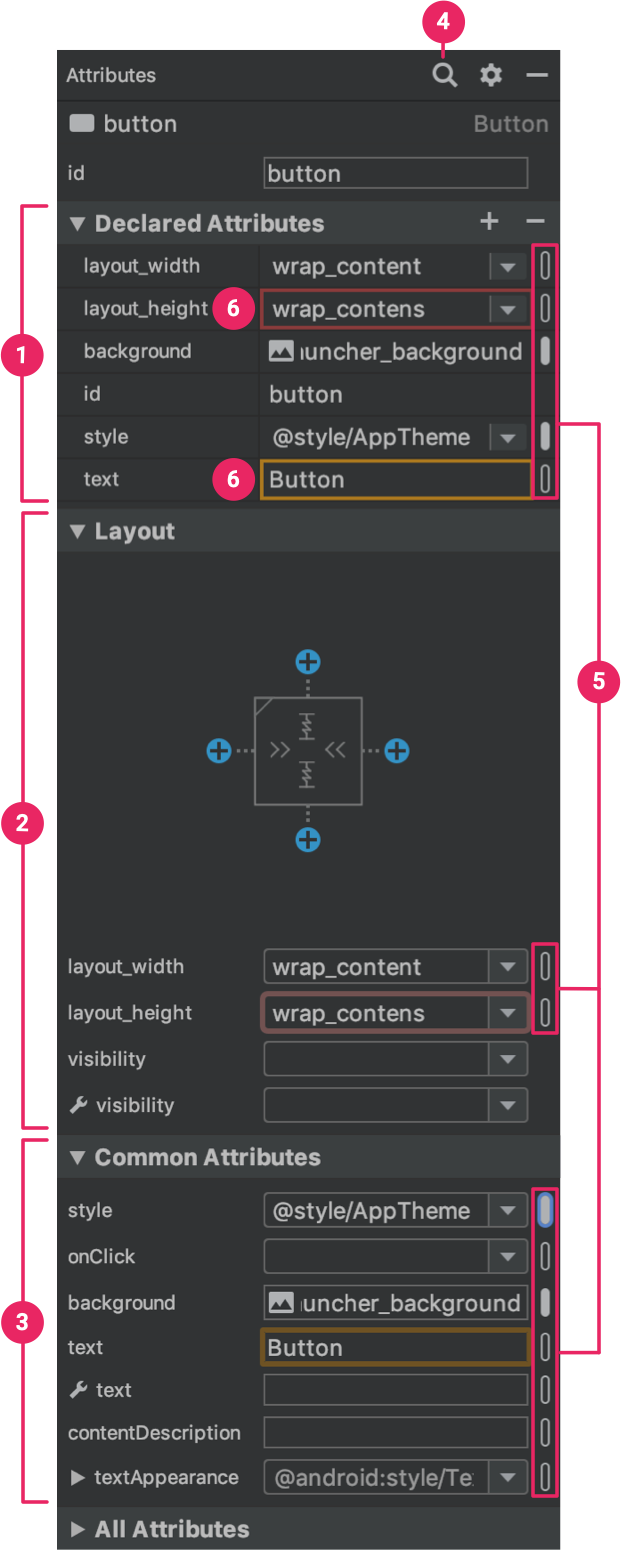

Please try to batch as many operations as you can in a single transaction.Ĭhanges made to an editor happen transactionally and won't be persisted until you call save. You might be tempted to write helpers or loops that open and save many transactions in a row, with each transaction only doing one operation.ĭoing so prevents Batch from optimizing disk usage and network roundtrips, which impact your user's data plan and battery life. save () // Don't forget to save the changes! clearAttributes () // Removes all attributes. setAttribute ( "age", 26 ) // Set an attribute. Calling save() on an empty editor will do nothing. Make sure you chain calls or store the editor // in a local variable before calling save. The custom attribute API is simple, and has only three methods: // This method returns a NEW editor instance every call. Must not be longer than 2048 characters and must follow the format scheme://. Since timezones are not supported, this will typically represent UTC dates. For better results, you should make them upper/lowercase and trim the whitespaces. Must not be longer than 64 characters and can be empty. Values must be any of the following types: They should be made of letters, numbers or underscores () and can't be longer than 30 characters (e.g.
#How to use android studio attribute window how to#
Managing attributesīefore we get started on how to implement attributes, here are some rules you should know.

You will need to manually display them from the dashboard settings > "Custom data" tab.

Newly tracked attributes and tags are hidden by default. Read our guide on custom data before tagging your app. Region/language data must be managed using our custom region/language implementation. IMPORTANT - User IDs (email address, username, etc) must be managed using our custom user ID implementation. In addition of overriding the language/region or setting a custom user ID, you can now assign tags and attributes to your users, allowing you to improve your Push targeting.


 0 kommentar(er)
0 kommentar(er)
